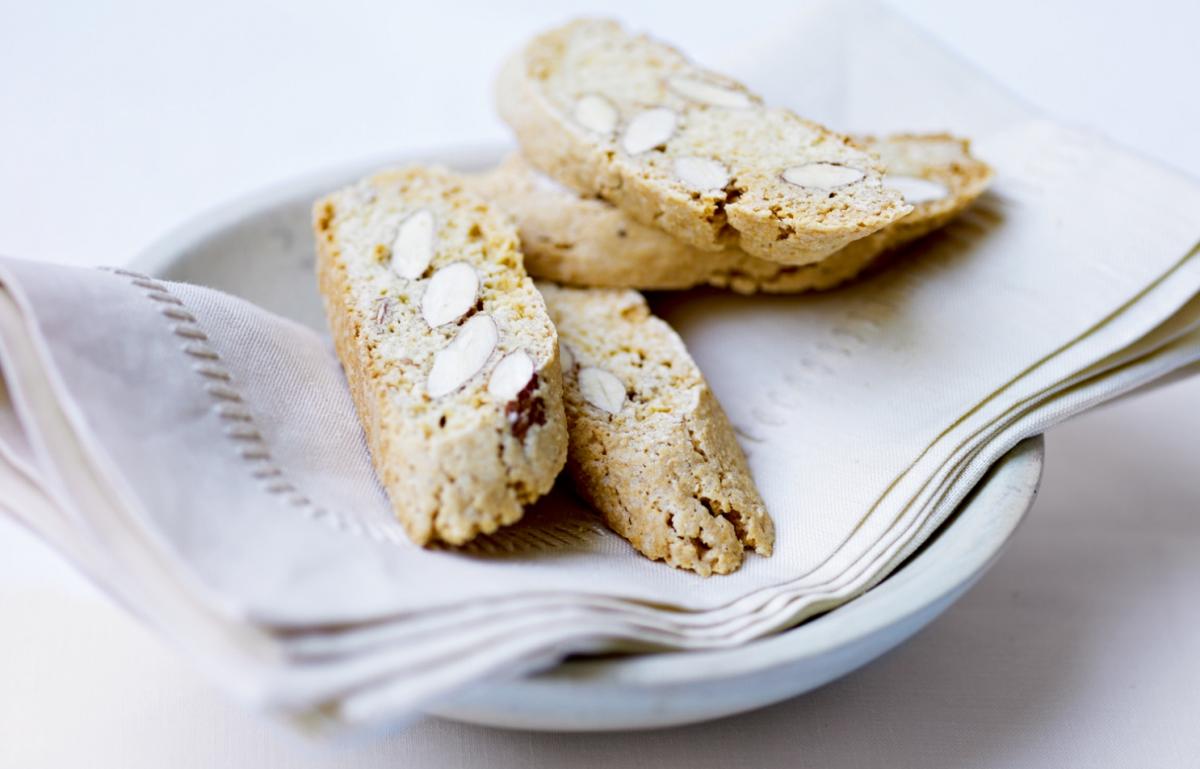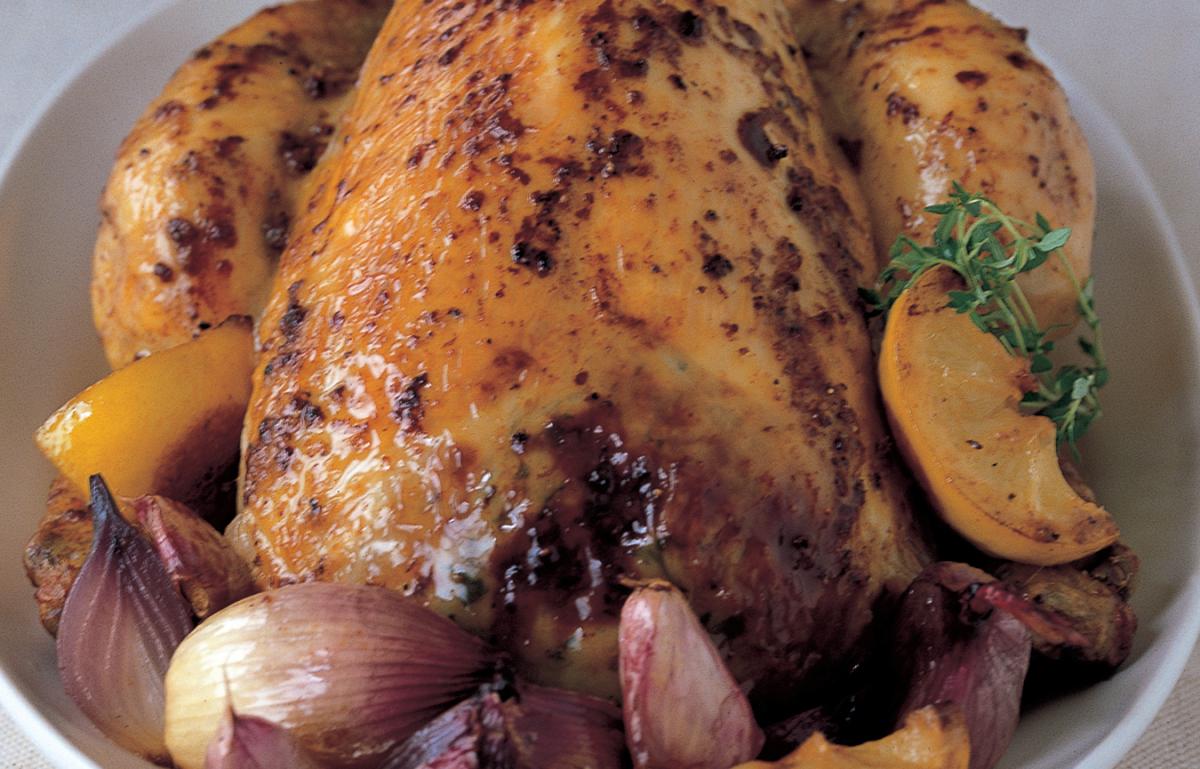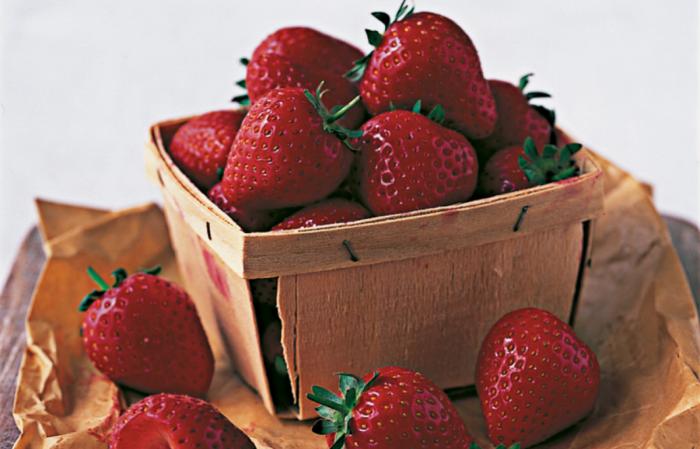


The difference between a jam and a preserve is that with jam the fruits are broken up into a spreadable consistency, whereas with a preserve the fruits are, hopefully, preserved whole and suspended in their own jelly. To sterilise the jars for the preserve, wash them in warm soapy water, rinse well, dry with a clean tea cloth, and then pop them on to a baking sheet in a moderate oven for 5 minutes. Remember the jars should be warm when the preserve is added, so don't do this too far in advance. The following quantities make enough strawberry preserve to fill two 0.5 litre jars – small quantities are better for beginners, and for general preserving most of the time, because larger quantities take much longer to come to the boil, and the longer the boiling, the more the flavour and the colour of the fruit is spoiled.

First of all hull 2 lb (900 g) strawberries and wipe each one with slightly dampened kitchen paper – don't wash them; wet strawberries will never make a preserve. If you can, always use slightly under-ripe strawberries and discard any that are bruised, or if they are not too badly bruised you can always eat them! Then layer them into the pan you are going to use, sprinkling them with 1½ lb (700 g) preserving sugar as you go. Always use a preserving pan if possible because it has a wide base so the juices will reduce down more quickly, and also when you're boiling the mixture furiously there will be no danger of it boiling over. Leave the fruit to soak in the sugar overnight, giving everything a stir around before you go to bed. When sugar comes into contact with the strawberries it does a wonderful job of hardening them, so that when they're subjected to fast boiling they have become tough enough not to disintegrate.

When you're ready to make the preserve, put four small plates into the freezer – these are to test for a set later. Place the pan over a fairly low heat and allow the sugar to dissolve slowly. Give the pan a shake from time to time, but only give very gentle stirs, as you want to try very hard not to break the fruit up.

Before you begin to boil the mixture, it is absolutely necessary that all the crystals of sugar should be dissolved. To check this, you need to coat the back of the spoon with the juices and make sure that there are no crystals visible.

When the sugar has dissolved, turn the heat up to its highest setting, add the juice of 1 large lemon and as soon as the mixture is up to what old-fashioned cooks used to call a rolling boil, put a timer on for 8 minutes exactly.

Then when the 8 minutes is up, remove from the pan from the heat, put a teaspoonful on to one of the chilled plates and allow it to cool completely. Then push the mixture with your little finger – if it begins to crinkle and sit up proudly without any liquid running out, the preserve is set. If not, re-boil for 3 minutes, remove from the heat, do a further test, and so on until the preserve is set.

Whatever you do, don't pour it straight into the jars; otherwise the strawberries will float to the top. You must leave it aside to settle for 15 minutes first. Gently stir in a small piece of butter (½ oz/10 g) if there's any scum – this should disperse it. Then pour into the warm sterilised jars. It's wise to invest in a proper jam funnel for this, as filling jars can be a very sticky business indeed without one.

Seal immediately with waxed discs, then cover with the lids or with Cellophane and elastic bands. Wait until the preserve is completely cold before labelling the jars, as the heat will prevent the labels sticking.

Follow us Like us on Facebook Follow us on twitter Follow us on instagram Follow us on pinterest Follow us on youtube
© 2001-2024 All Rights Reserved Delia Online